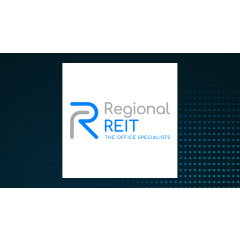The rise of GLP-1 medications is poised to significantly impact the food industry this year, with an estimated one in four adults likely to use these drugs. During the recent Food and Nutrition Conference and Expo held in Nashville, discussions revolved around how these medications are shaping consumer behavior and food product development.
GLP-1, or glucagon-like peptide-1, medications are increasingly popular due to their effectiveness in managing weight and controlling blood sugar levels. As these treatments gain traction, food and beverage brands are eager to adapt their offerings to cater to this growing market segment. With the potential for a substantial shift in consumer preferences, companies are innovating rapidly, launching products such as protein-packed bars and portion-controlled snacks.
According to industry experts, the demand for GLP-1 medications is not just a passing trend. The Food and Drug Administration (FDA) has approved several of these drugs, leading to a surge in prescriptions. This surge is expected to influence how companies approach product development and marketing strategies, aiming to align with the health-conscious consumers who are increasingly turning to these treatments.
Brands Innovate to Capture Market Interest
At the conference, various brands showcased their new products designed specifically for those using GLP-1 medications. These offerings emphasize nutritional balance and portion control, addressing the unique dietary needs of users. For instance, companies are introducing meals that are lower in carbohydrates and higher in protein, aligning with the health goals of many GLP-1 users.
The potential market for these innovative food products is substantial. With approximately 25% of adults expected to utilize GLP-1 medications this year, brands that successfully tap into this demographic could see significant growth. As health professionals advocate for these drugs, the food industry is responding with products that support the lifestyle changes associated with their use.
The implications extend beyond individual consumers; they challenge traditional food marketing strategies. Companies are shifting their focus away from indulgent offerings and towards health-oriented products. This pivot signals a broader transformation in the food landscape as health considerations become increasingly prominent in consumer decision-making.
Consumer Behavior Shifts and Industry Responses
The rising popularity of GLP-1 medications is altering consumer behavior, prompting individuals to prioritize health over convenience. This shift is evident in shopping patterns, as more consumers seek out products that complement their health goals. Brands that recognize and adapt to these changes stand to benefit immensely.
Health professionals are also weighing in on this trend, emphasizing the importance of nutrition in conjunction with medication. They argue that while GLP-1 drugs can facilitate weight loss and blood sugar management, the right dietary choices are crucial for achieving optimal outcomes. This perspective is driving companies to create food products that not only taste good but also provide essential nutrients.
As the industry evolves, the competition among brands will likely intensify. With so many players entering the market, differentiation will be key. Companies will need to effectively communicate the health benefits of their products while appealing to the taste preferences of consumers. Success in this new landscape will require a balance of innovation, marketing savvy, and a deep understanding of consumer needs.
The developments at the Food and Nutrition Conference and Expo serve as a signal of what is to come. As GLP-1 medications reshape dietary habits, the food industry must adapt in real time to meet the demands of an increasingly health-focused consumer base. This trend may well redefine the relationship between consumers and the food they choose, making it an exciting time for both health and food sectors.




































































